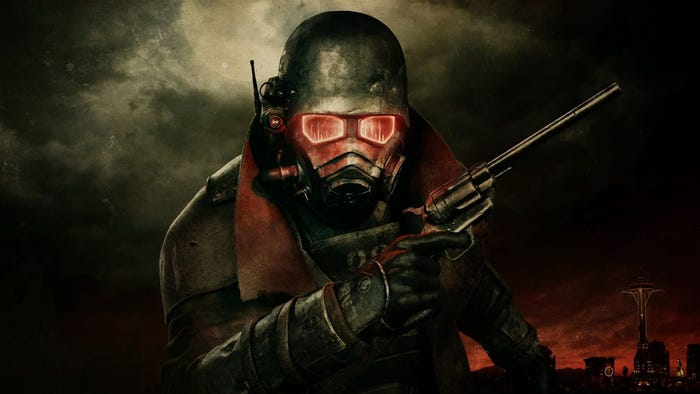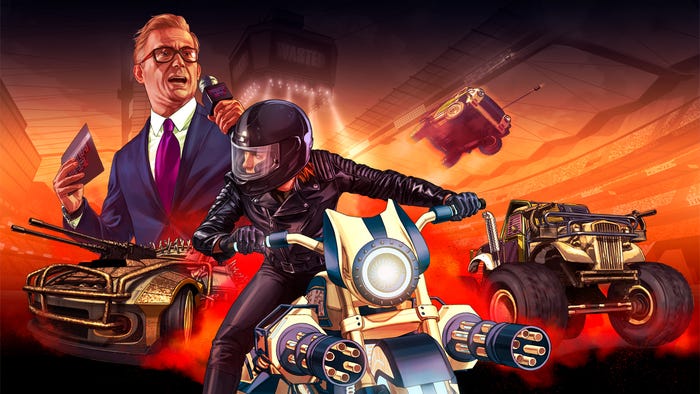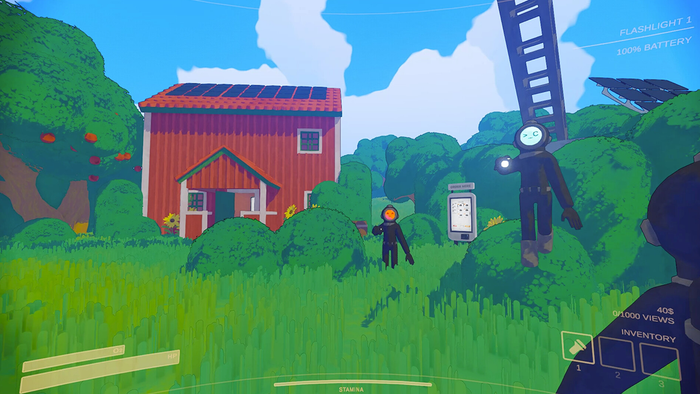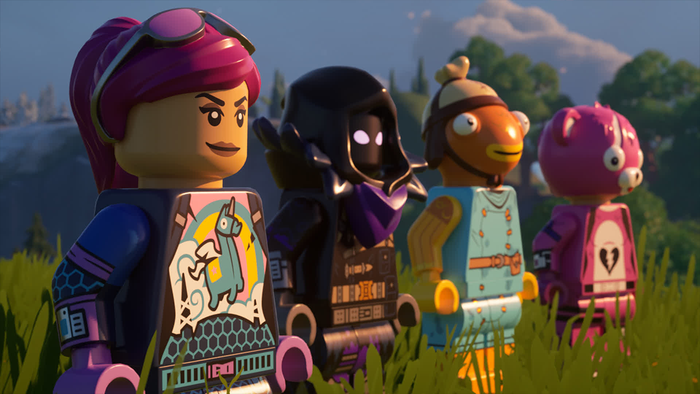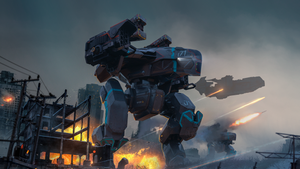There's something rather special in the works in Slovakia, as one team of developers have been building entire planets for themselves.

There's something rather special in the works in the rapidly expanding country of Slovakia, as one team of developers have been taking that expansion literally, and building entire planets for themselves. Outerra is a 3D planetary engine that aims to produce seamless planet rendering, allowing users to zoom into a rendered planet from space, all the way to the surface of the planet, with full rendering on the surface. "The engine itself has been in development for about three years already," Brano Kemen of the Outerra project tells me. "But the core concepts actually come from a long time ago, going back to when there were no programmable GPUs yet, when it wasn't entirely clear that the tech was going to be suitable for the future hardware." When I ask Kemen whether it's been difficult keeping the project up to speed with all the latest tech over the years, he smiles and says, "It was actually the other way around. We didn't have to keep up with the evolving tech - we were basically waiting for it to catch up."
Planetary domination
Outerra is primarily meant to be used as a video game engine and simulator, based on a combined procedural terrain generator that is able to render real-size planets in full detail range, going from the space down to blades of grass." "Its distinct feature is the ability to use real satellite data to get the real terrain shape," notes Kemen, "and combine it with procedural fractal-based algorithms that refine the detail down to centimeter details." Indeed, if you grab the tech demo for the engine right now, you can pick any co-ordinates in the real world, and the engine will zoom to that real-world location in Outerra -- minus any manmade landmarks, of course. "It enables games and simulators to take place on a full planetary scale, on realistically sized worlds," Kemen says of Outerra's capabilities. "While some flight simulators can already render the whole world, they are limited in the detail they can consistently produce. Terrain textures will start to blur from certain altitude, and you start losing the feeling of height and scale; the world actually feels much smaller because of that." Regular game engines usually provide very minute graphical details, but the level size and visibility is limited, reasons the dev -- and this is where Outerra steps in. "In comparison to the conventional engines, Outerra scales much better," he explains. "The detail range (a consistently achievable ratio between the smallest and the largest world geometry) in Outerra is roughly 1:1 billion, while for standard game levels it's around 1:100000." "This means you can approach Earth with its diameter of 12 thousand kilometers, pick a spot anywhere to land, and seamlessly get centimeter level details on the ground." For example, says, Kemen, Outerra could potentially be used to create a global combined space, air, land and sea simulator, where players are all playing entirely different games integrated into each other, with no compromise on the amount of detail needed for each.  "Or global strategic games where you can actually zoom to the ground level of a realistically sized world," he adds. Where Outerra is the engine, Anteworld is the game that is acting as an example of what can be achieved with the engine. Currently in alpha and available for download, the game is aimed at showing exactly what the engine can do. "There were several goals that it aimed to achieve," says Kemen. "To show how it works and performs and to promote it, to show that the technology isn't vaporware, and to give our fans and supporters an early access to it, getting valuable feedback in the process."
"Or global strategic games where you can actually zoom to the ground level of a realistically sized world," he adds. Where Outerra is the engine, Anteworld is the game that is acting as an example of what can be achieved with the engine. Currently in alpha and available for download, the game is aimed at showing exactly what the engine can do. "There were several goals that it aimed to achieve," says Kemen. "To show how it works and performs and to promote it, to show that the technology isn't vaporware, and to give our fans and supporters an early access to it, getting valuable feedback in the process."
"For me it was always the idea of being able to experience a virtual world, or the real one but in different ages, that was driving me forward with the idea of a world renderer."
"Right now Anteworld is little more than a sandbox game where you can explore the world and use a few tools to modify the scenery, build settlements and roads, and try several vehicles," he adds. "It's always supposed to be a test bed for the technology, but over time it will evolve into a fully playable game, or into multiple game modes, possibly integrating several standalone games as a reward to our early supporters." He notes that developers can already download the alpha and use this sandbox to determine how their future games could use the engine. Some devs are already utilizing the engine to great effect -- The Middle Earth Digital Elevation Model from two third-party developers uses Outerra to model the entirety of Tolkien's famous Middle Earth universe. "[The ME-DEM team] are enthusiastic about modeling fantasy worlds, and even before hearing about Outerra they went to great pains to create a detailed digital model of the Middle-Earth, just for their fun," notes Kemen. Outerra allowed them to achieve their goal.  While the engine's primary use is for video games, Kemen says that other industries have been in touch. An artist inquired about using the engine to shoot movie backdrops, for example, while the engine might potentially be used to simulate environmental changes and scientific visualizations. And with the newly added Oculus Rift support, Kemen says that it's possible to truly immerse yourself in an Outerra world. "Outerra was largely founded on the same principles [as Rift]," he says. "For me it was always the idea of being able to experience a virtual world, or the real one but in different ages, that was driving me forward with the idea of a world renderer." He adds, "Even with the limitations of the first version of Rift, sitting in the cockpit of MiG aircraft while taking off is an amazing experience. I was grinning like a child the first time I did it - then again, when my body reacted to knowing I was about to hit a mountain..." The end game with Outerra is to license the engine out to as many projects and developers as possible. It's already been licensed to a number of specialist simulation projects, but once the "proof of engine" is fully complete, Kemen plans to make it publically available too. "We have several other game and simulation projects in very early stages as well," he says, "many of them in cooperation with other qualified developers. The engine licensing was never our primary goal - we mainly want to do cool stuff with it."
While the engine's primary use is for video games, Kemen says that other industries have been in touch. An artist inquired about using the engine to shoot movie backdrops, for example, while the engine might potentially be used to simulate environmental changes and scientific visualizations. And with the newly added Oculus Rift support, Kemen says that it's possible to truly immerse yourself in an Outerra world. "Outerra was largely founded on the same principles [as Rift]," he says. "For me it was always the idea of being able to experience a virtual world, or the real one but in different ages, that was driving me forward with the idea of a world renderer." He adds, "Even with the limitations of the first version of Rift, sitting in the cockpit of MiG aircraft while taking off is an amazing experience. I was grinning like a child the first time I did it - then again, when my body reacted to knowing I was about to hit a mountain..." The end game with Outerra is to license the engine out to as many projects and developers as possible. It's already been licensed to a number of specialist simulation projects, but once the "proof of engine" is fully complete, Kemen plans to make it publically available too. "We have several other game and simulation projects in very early stages as well," he says, "many of them in cooperation with other qualified developers. The engine licensing was never our primary goal - we mainly want to do cool stuff with it."
About the Author(s)
You May Also Like


